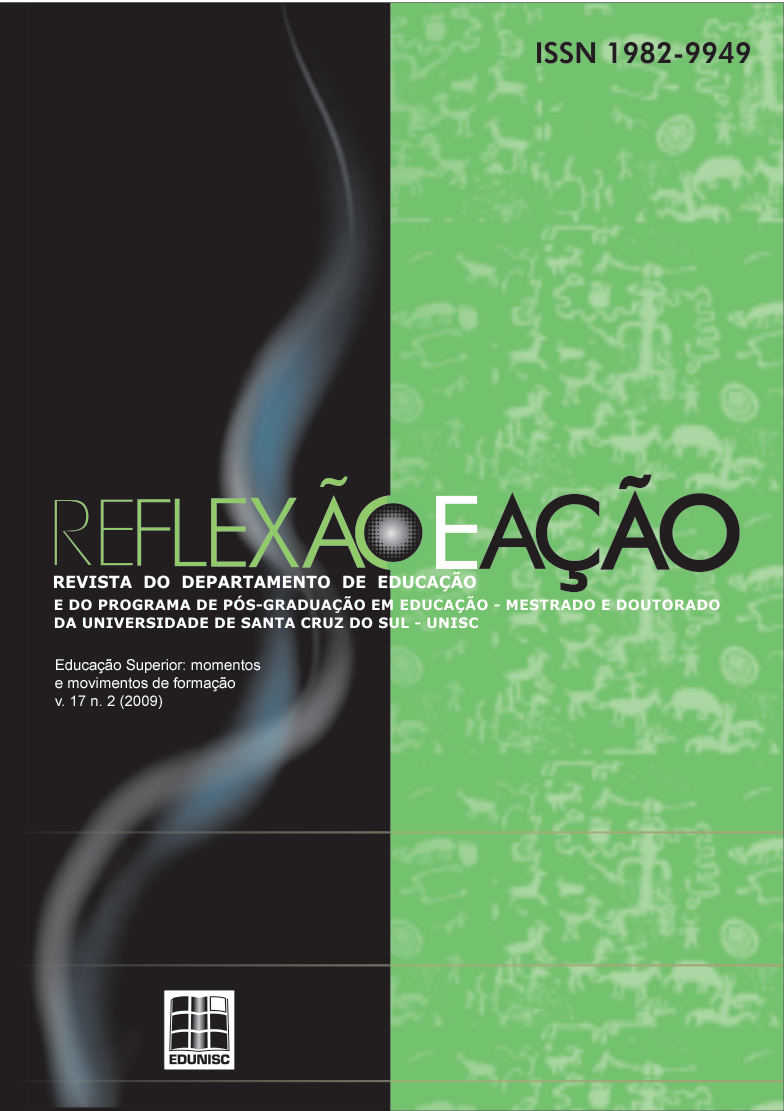HUMANITIES IN MEDICAL TRAINING: REALITY OR SCAM?
DOI:
https://doi.org/10.17058/rea.v17i2.1147Abstract
We begin by briefly situating the tradition of medical education in the West, noting the dichotomy between academic and clinical practice, especially in surgery. We note the change that occurred in medical education from the seventies of the twentieth century, with the implementation of the molecular biology paradigm in medicine. The training has become focused on components and intra-cellular structures, moving away from an integrated view of all human dimensions. Today we are witnessing a decline in skills of clinical practice training, in comparison with Western medical training until mid-twentieth century. The medical betting on scientific research, which is certainly commendable, has been causing, nevertheless, problems especially in the doctor-patient relationship; they have been worsening over the huge increase in chronic illnesses that require a lifelong contact between health professionals and patients. Reacting to this state of affairs, many universities around the world have introduced Humanities in medical training, broad term that can include everything from ethics and medical deontology to matters of literature or visual art, for example. The article describes briefly the three most common types of insertion of Humanities in Medicine. They are listed as: 1 - having a residual subject linked to the Humanities in the entire course of medicine; 2 - the Humanities in Medicine; 3 - Humanities in Medicine. After characterizing each one, we wonder which could actually promote a substantive difference in medical education and which is a farce in relation to that goal. Finally, we note that even the universities that use integrating models of humanities in medicine, they are constantly pressured to reduce the importance of this learning area at the development of scientific research which is required to report students in biochemical areas, for example. It is noted as a more fragile permanence of humanistic education the assessment of medical students in that area, which should express continuity with other areas’ assessment.Downloads
Downloads
Published
How to Cite
Issue
Section
License
The submission of originals to this journal implies on the transference, by the author(s), of the printed and digital publishing rights. The author´s rights to the published articles are the author´s, the journal has the rights over the first publication. The author(s) can only use the same results in other publications, indicating clearly that this journal was the original publisher. Since we are an open access journal, the free use of articles is permitted for educational and scientific applications, as long as they inform the source according with the CC-BY license from Creative Commons.


